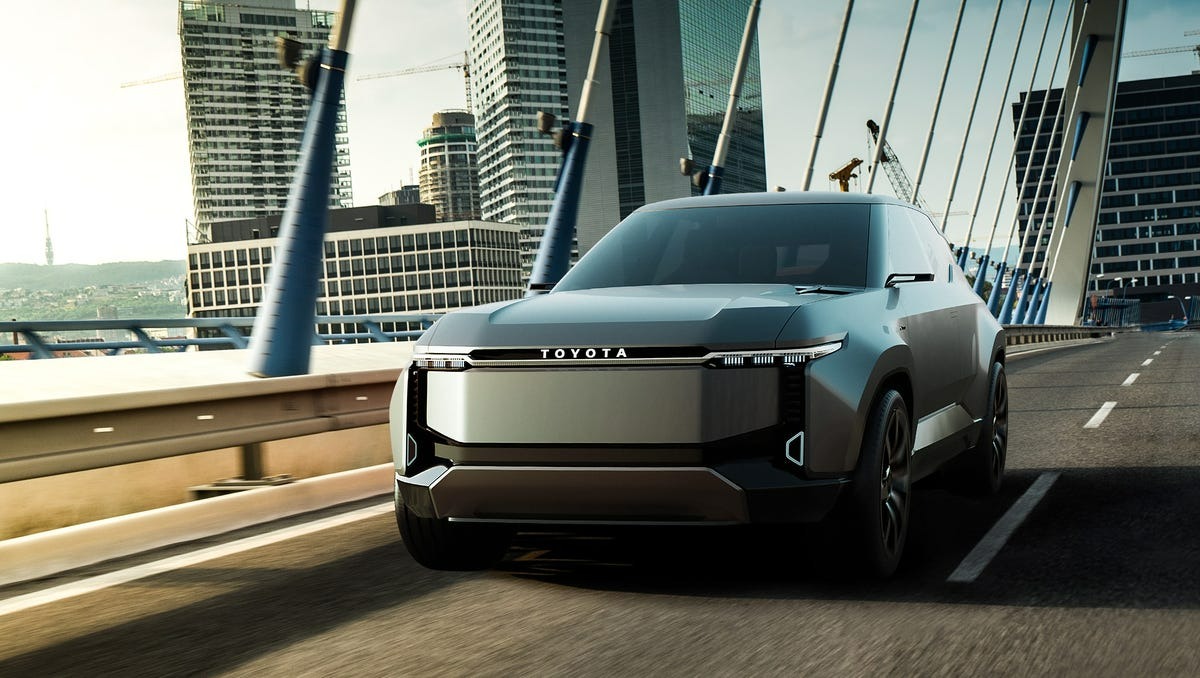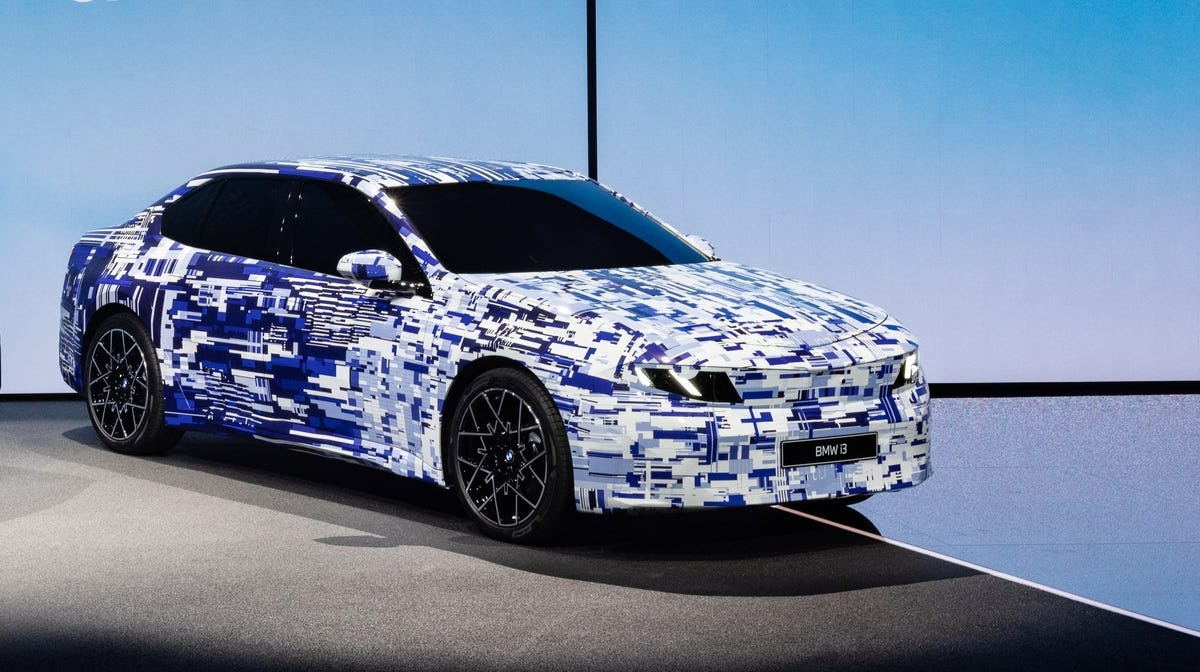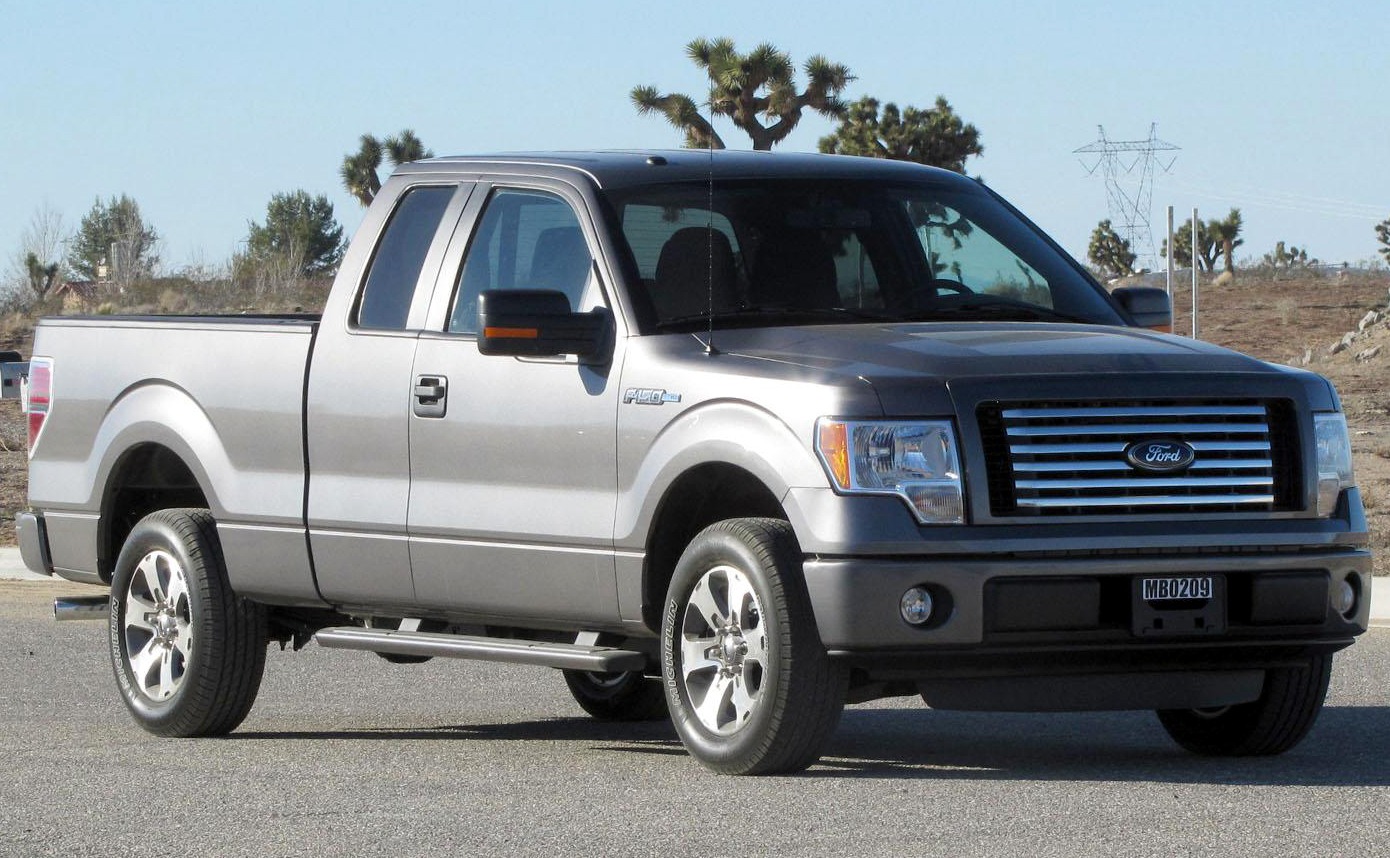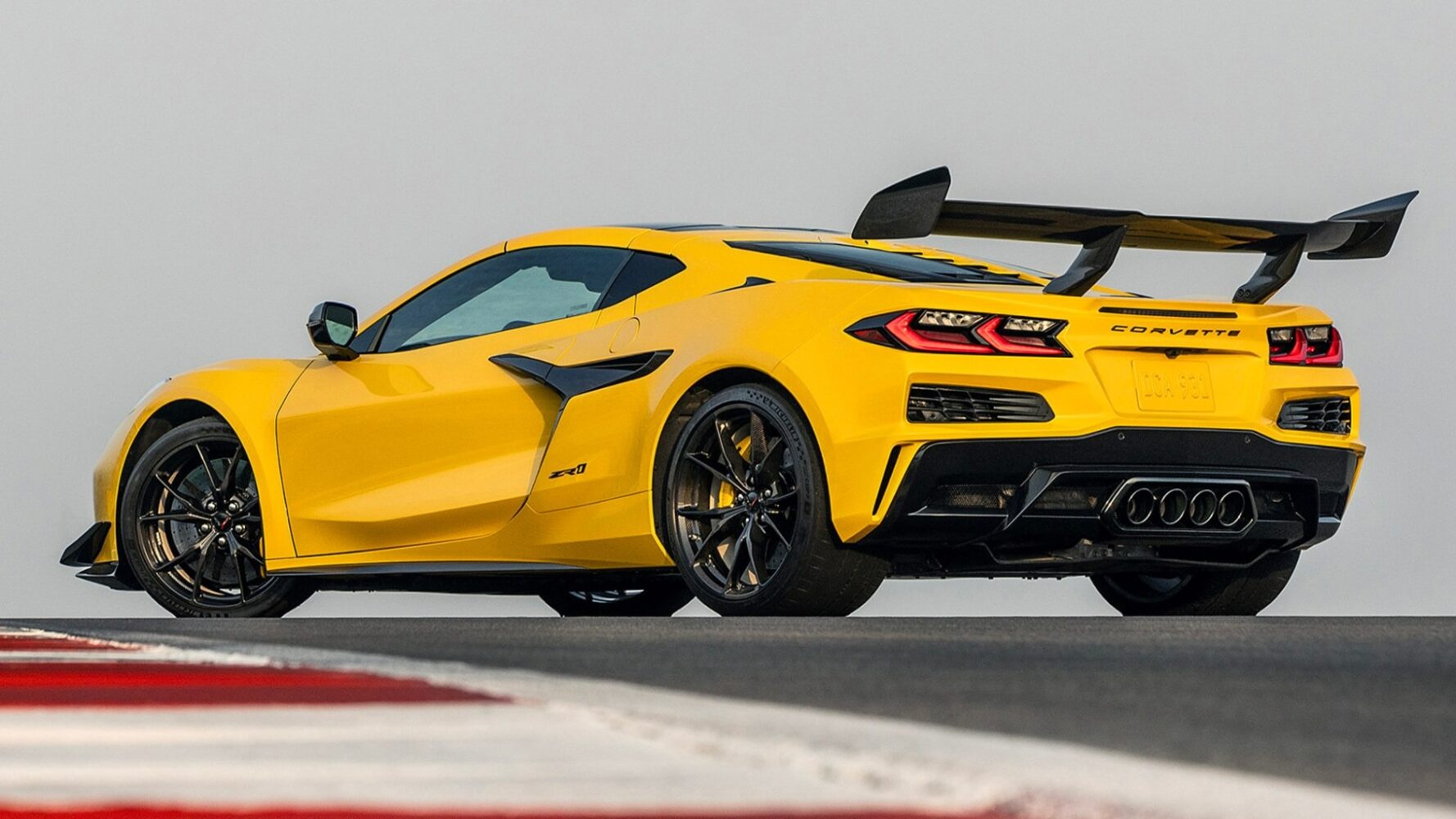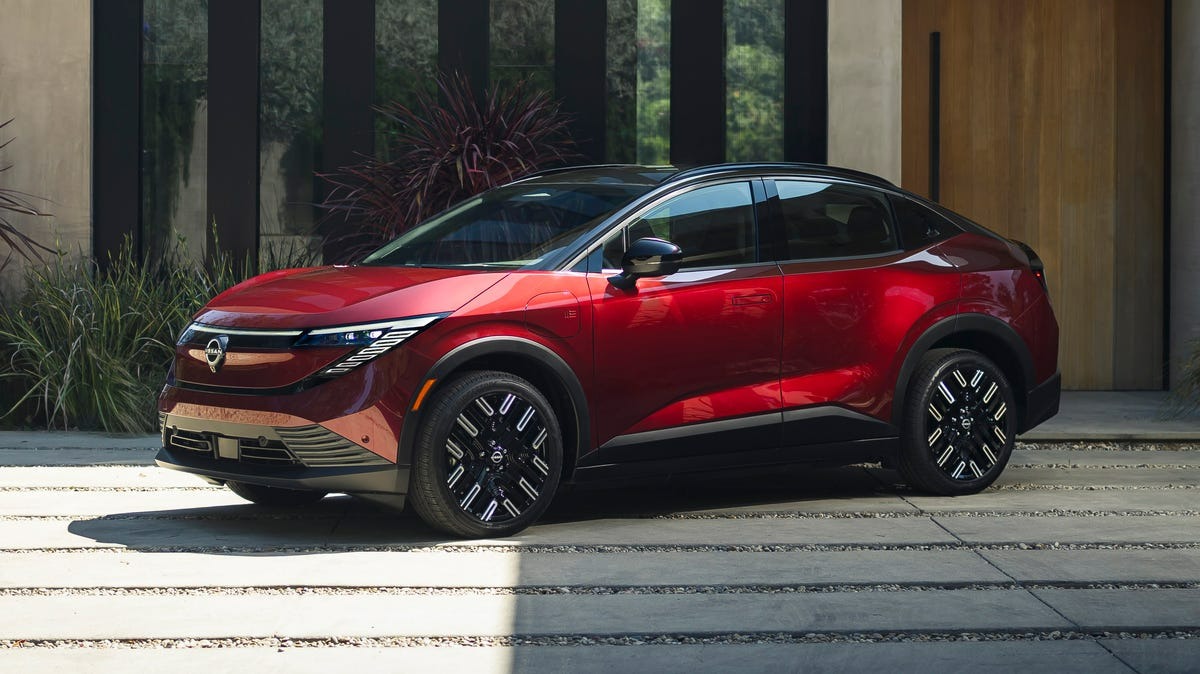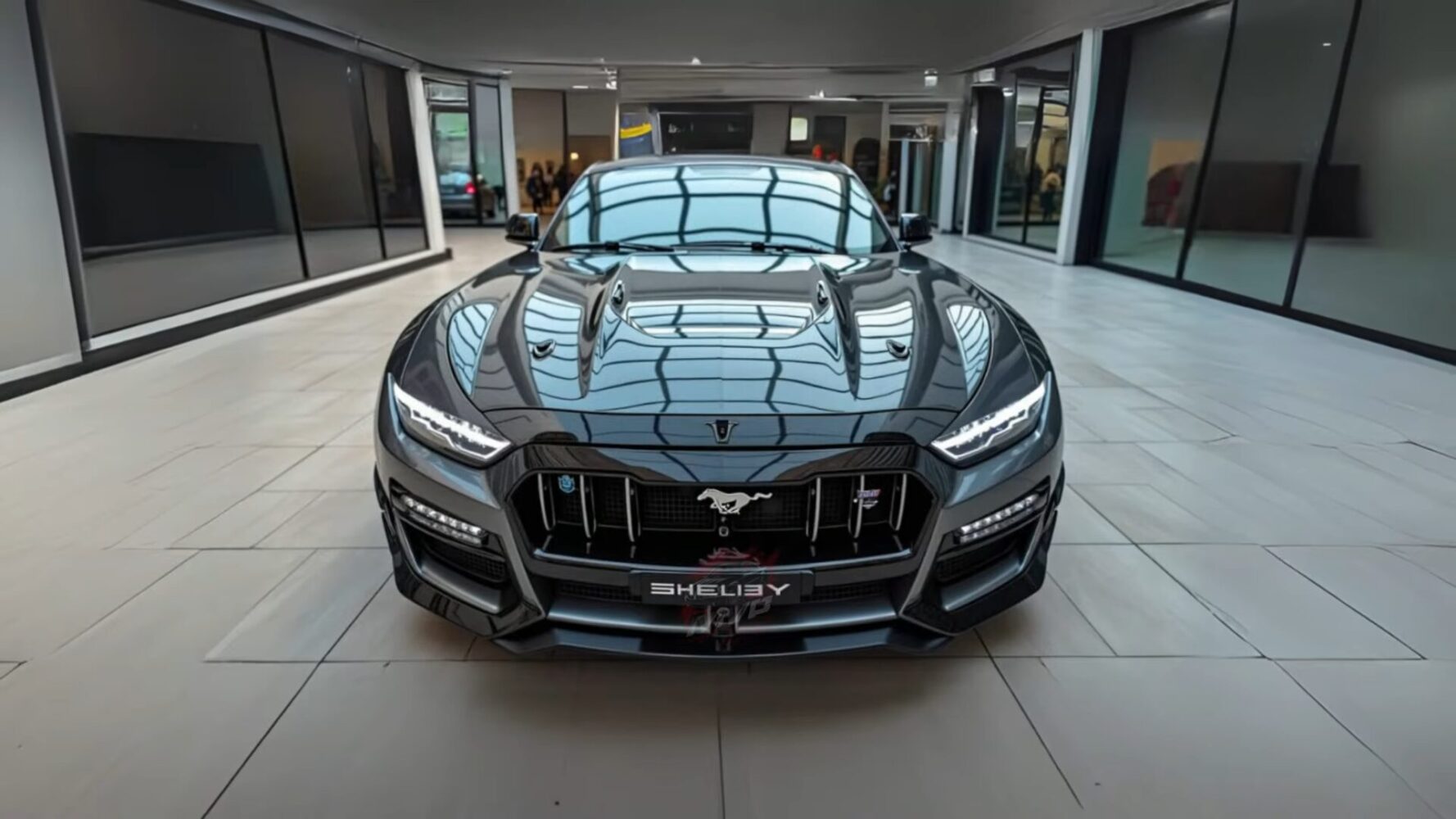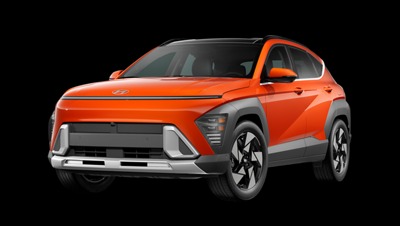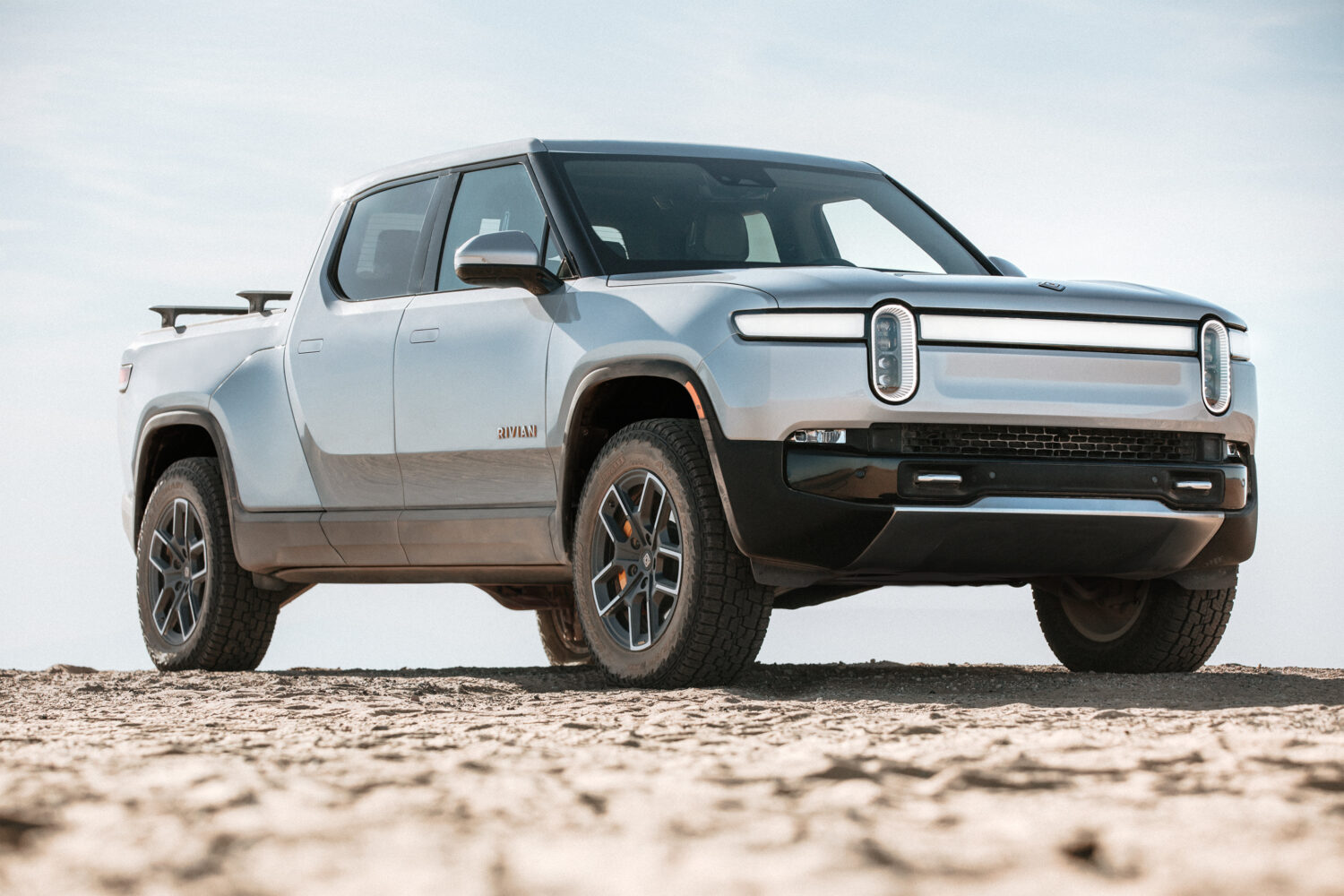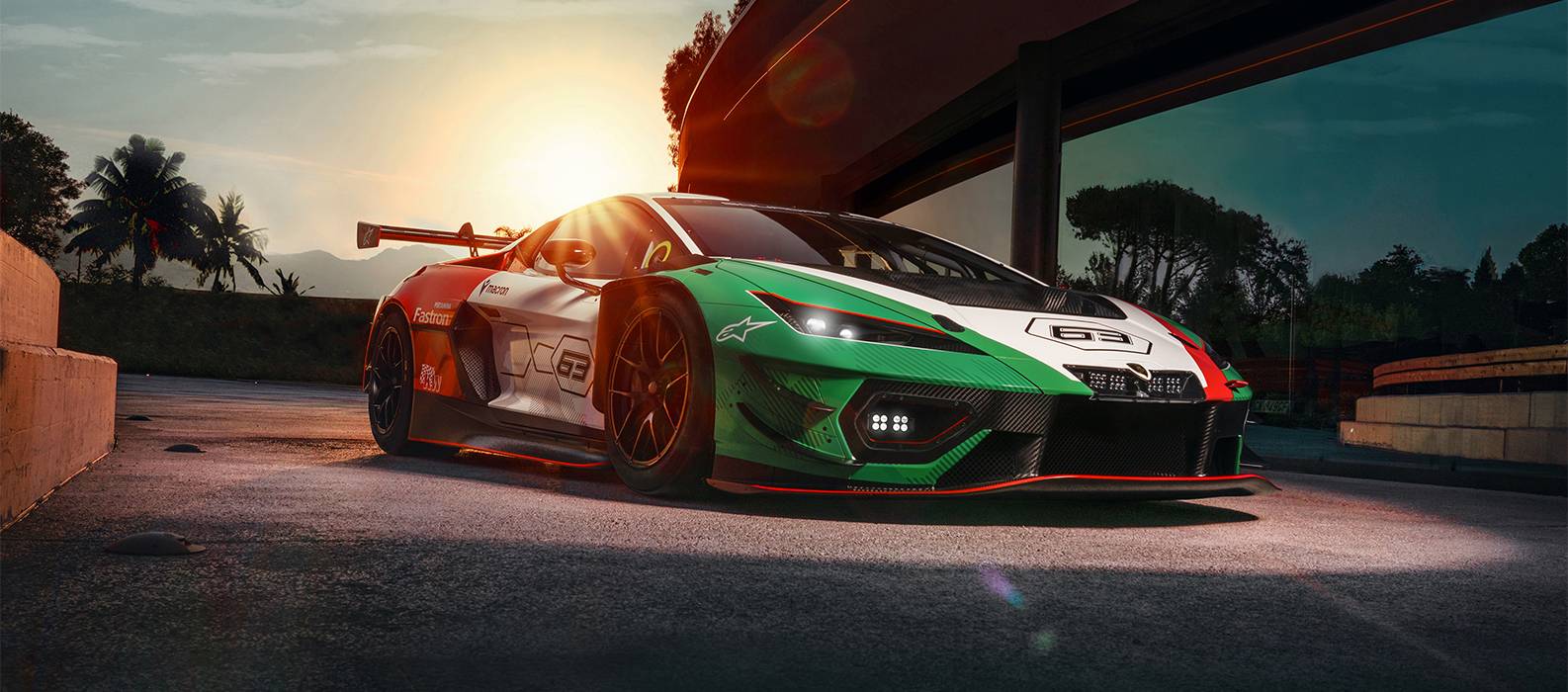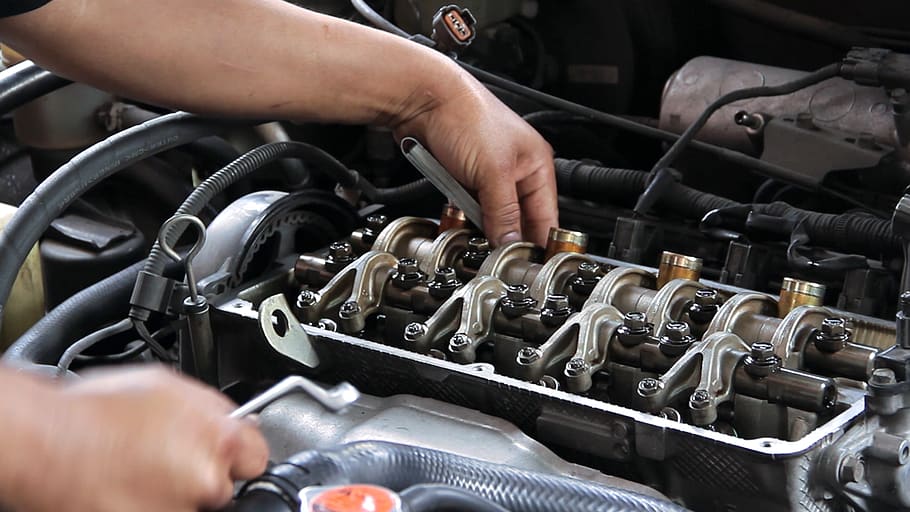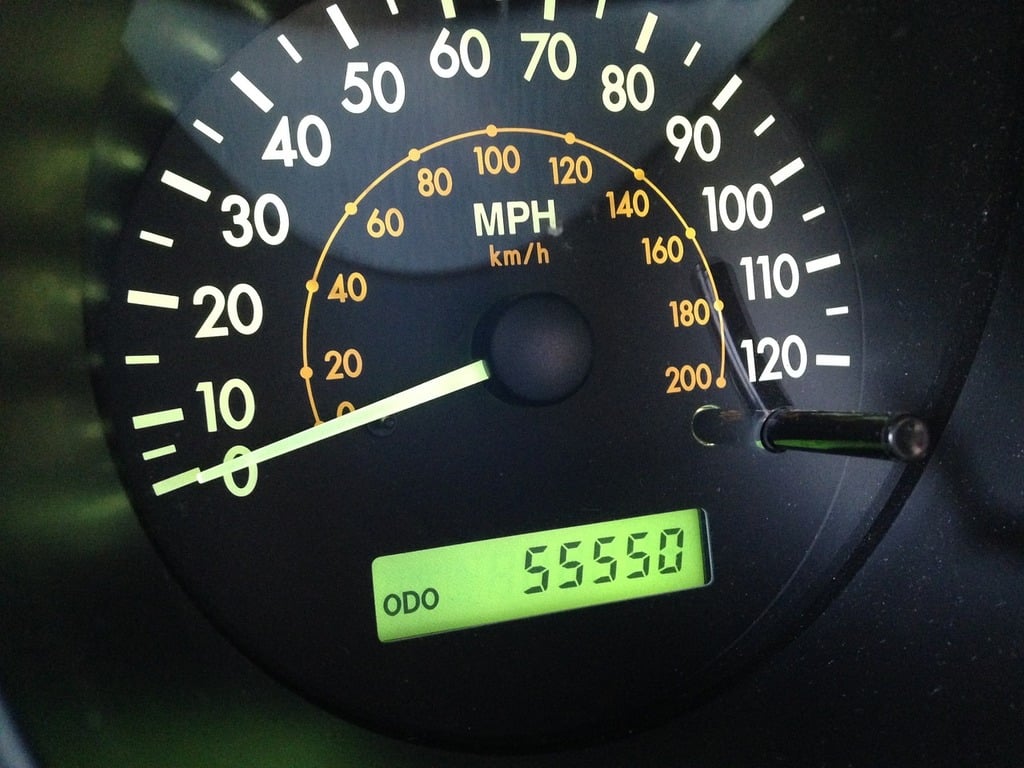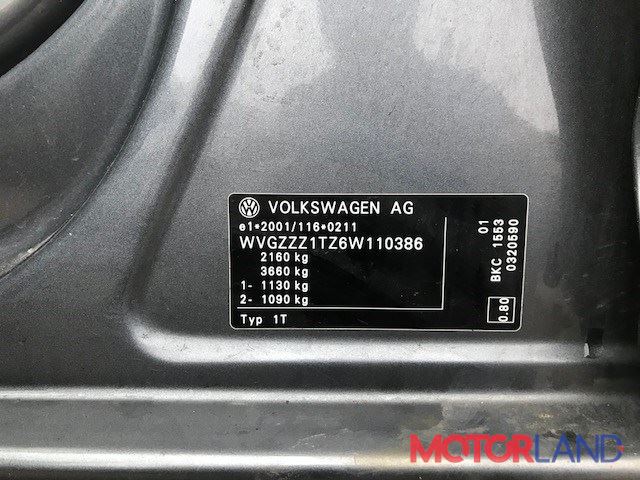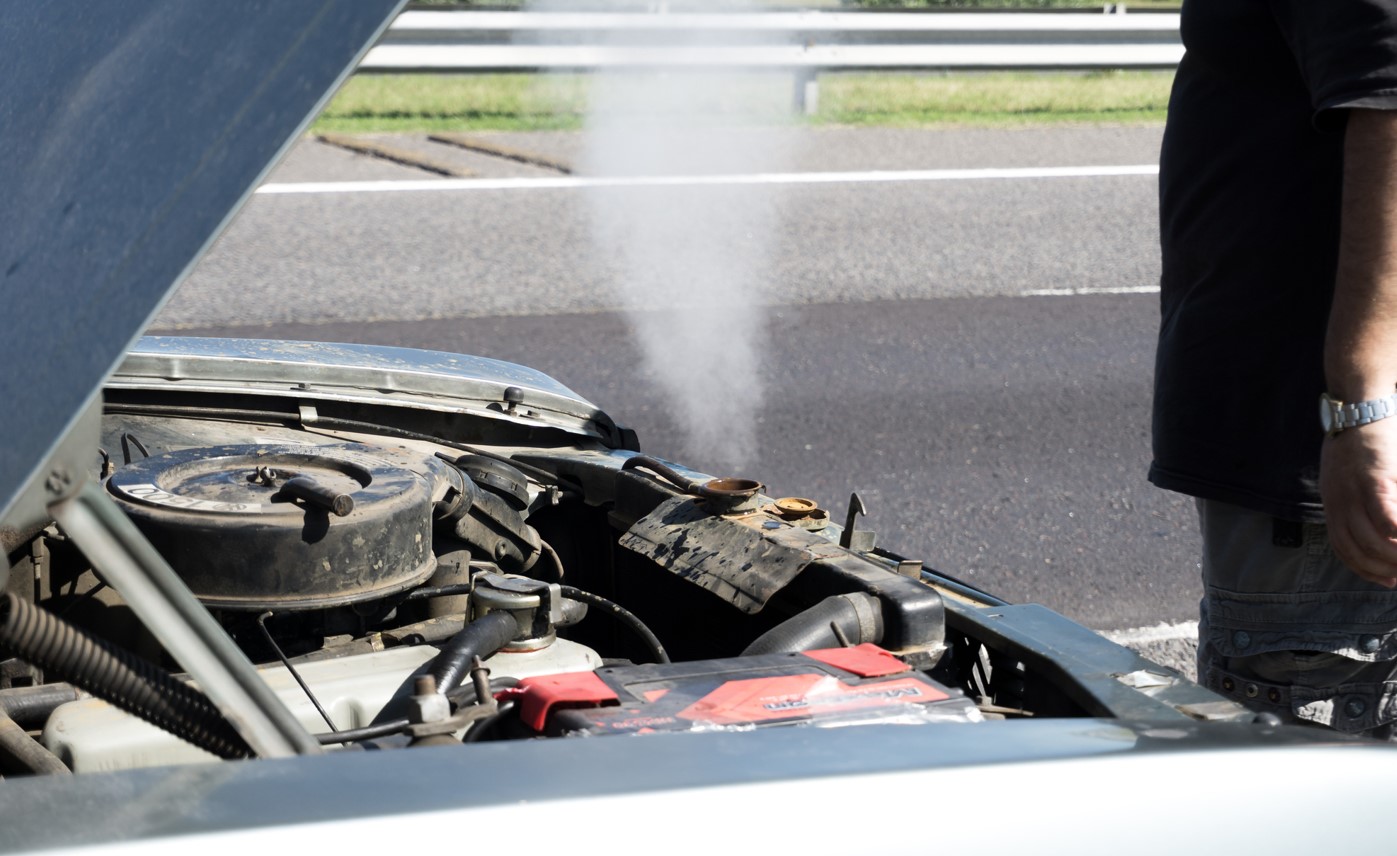So, you’re a speed freak with a rear-wheel-drive (RWD) machine? You crave that perfect launch, that neck-snapping acceleration that leaves everyone else in your dust? You’ve probably tried a few things, maybe even watched some YouTube videos, but something’s still missing. Maybe you’re getting too much wheelspin, bogging down, or just not feeling that surge of power you know your car is capable of. Fear not, fellow petrolhead! This guide is your roadmap to mastering the art of launching a RWD car like a seasoned pro. We’ll demystify the techniques, explain the physics, and give you the practical knowledge to shave seconds off your times. Get ready to unleash the beast within!
Key Takeaways:
- Mastering the Launch: Learn the precise steps to execute a perfect launch, minimizing wheelspin and maximizing acceleration.
- Understanding the Dynamics: Grasp the interplay of clutch control, throttle modulation, and weight transfer for optimal performance.
- Tuning for Success: Discover how to fine-tune your car’s setup and your driving technique for different track conditions and vehicle configurations.
- Avoiding Common Pitfalls: Identify and correct common mistakes that hinder launch performance.
Understanding the Basics of How to Launch a Rear-Wheel-Drive Car Like a Pro
Launching a RWD car isn’t just about stomping on the gas. It’s a delicate dance between power, traction, and control. Think of it like this: your engine is a raging bull, and your tires are the only thing keeping it from running wild. The goal is to tame that bull just enough to transfer its energy to the ground without losing control. Key concepts include:
- Clutch Control: The clutch is your primary tool for managing power delivery. It allows you to slip the engine, keeping it in its optimal powerband while preventing excessive wheelspin. Imagine it as a dimmer switch for your engine’s fury.
- Throttle Modulation: Precise throttle control is crucial for maintaining traction. Too much throttle, and you’ll spin the tires; too little, and you’ll bog down. It’s a balancing act that requires finesse.
- Weight Transfer: As you accelerate, weight shifts from the front of the car to the rear, increasing traction on the drive wheels. Understanding and anticipating this weight transfer is key to maximizing grip. Think of it as shifting the balance of power to where it’s needed most.
- Tire Pressure: Adjusting tire pressure can significantly impact traction. Lowering tire pressure increases the contact patch, providing more grip, but too low can cause the tire to roll over. It’s a delicate balance that depends on the tire and track conditions.
Importance and Implications
Why bother mastering the launch? Because it’s the foundation of a fast run. A poor launch can cost you valuable time, regardless of how powerful your car is. A good launch, on the other hand, sets the stage for a blistering run, allowing you to maximize your car’s potential. The implications are significant:
- Improved Acceleration: A well-executed launch translates directly into faster acceleration, allowing you to reach higher speeds in a shorter distance.
- Lower ETs (Elapsed Times): In drag racing, every fraction of a second counts. A better launch can shave significant time off your ET, giving you a competitive edge.
- Enhanced Driving Experience: Mastering the launch gives you a greater sense of control and connection with your car, making the driving experience more rewarding and exhilarating.
- Reduced Component Stress: Launching correctly reduces stress on drivetrain components, extending their lifespan and preventing costly repairs.
Practical Applications or Strategies
Ready to put theory into practice? Here’s a step-by-step guide to launching a RWD car like a pro:
- Staging: Position your car precisely at the starting line, ensuring the tires are clean and free of debris.
- Pre-Loading the Drivetrain: Gently engage the clutch to the friction point, applying a small amount of throttle to create tension in the drivetrain. This minimizes drivetrain lash and improves responsiveness.
- Launch RPM: Find the optimal launch RPM for your car. This will vary depending on your engine’s powerband, tire grip, and track conditions. Experiment to find the sweet spot.
- Clutch Release: Release the clutch smoothly and progressively, modulating the throttle to maintain traction. Avoid dumping the clutch, as this will likely result in wheelspin.
- Throttle Control: As the car accelerates, gradually increase the throttle, being mindful of wheelspin. If the tires start to spin, ease off the throttle slightly to regain traction.
- Weight Transfer Management: Anticipate weight transfer and adjust your throttle and steering inputs accordingly. A slight steering correction may be necessary to keep the car tracking straight.
Common Pitfalls to Avoid:
- Excessive Wheelspin: The enemy of a good launch. Reduce throttle or adjust clutch release to regain traction.
- Bogging Down: Indicates insufficient RPM or too much clutch engagement. Increase RPM or slip the clutch more.
- Drivetrain Lash: A jerky, uneven launch caused by slack in the drivetrain. Pre-load the drivetrain to minimize lash.
- Ignoring Track Conditions: Adjust your launch technique based on track conditions. A slick track requires a more delicate approach.
Expert Insights or Case Studies
Let’s hear from the pros. Legendary drag racer Don “The Snake” Prudhomme once said, “The launch is everything. If you don’t get off the line clean, you’re already behind.” This sentiment underscores the importance of mastering the launch.
Case Study: The Evolution of Launch Control Systems:
Modern performance cars often feature sophisticated launch control systems that automate many of the steps outlined above. These systems use sensors and algorithms to optimize clutch engagement, throttle control, and traction management, allowing even novice drivers to achieve consistent and repeatable launches. However, understanding the underlying principles is still crucial for maximizing performance and troubleshooting issues.
Optimizing Tire Pressure for Maximum Grip
Tire pressure is a critical, yet often overlooked, aspect of launching a RWD car effectively. The ideal tire pressure depends on several factors, including tire type, track temperature, and vehicle weight. Generally, lower tire pressures increase the contact patch, providing more grip. However, going too low can cause the tire to roll over, reducing traction and potentially damaging the tire. Experimentation is key. Start with the manufacturer’s recommended pressure and gradually decrease it until you find the sweet spot where you achieve maximum grip without excessive tire roll.
Suspension Tuning for Improved Launch Performance
Your car’s suspension plays a vital role in weight transfer and traction during launch. Stiffer rear springs and softer front springs can help to transfer weight to the rear wheels, increasing traction. Adjustable shocks allow you to fine-tune the suspension’s response to weight transfer, further optimizing launch performance. Consider investing in aftermarket suspension components designed specifically for drag racing or performance driving.
Conclusion:
Mastering the launch of a RWD car is a journey that requires patience, practice, and a deep understanding of the underlying principles. By mastering clutch control, throttle modulation, and weight transfer, you can unlock your car’s full potential and achieve blistering acceleration. Remember to experiment, adapt to changing conditions, and never stop learning. Now go out there and launch like a pro!
Frequently Asked Questions:
What is How to Launch a Rear-Wheel-Drive Car Like a Pro?
It’s the art and science of maximizing acceleration from a standstill in a vehicle where the engine’s power is delivered to the rear wheels. It involves precise coordination of clutch, throttle, and weight transfer to minimize wheelspin and maximize grip.
Why is How to Launch a Rear-Wheel-Drive Car Like a Pro important for Speed freaks?
Because it’s the key to unlocking your car’s full potential. A well-executed launch translates directly into faster acceleration, lower ETs, and a more exhilarating driving experience.
How can I apply the concepts of How to Launch a Rear-Wheel-Drive Car Like a Pro in my context?
Start by understanding the fundamentals of clutch control, throttle modulation, and weight transfer. Experiment with different launch techniques and tire pressures to find what works best for your car and driving style. Practice consistently and analyze your results to identify areas for improvement.
Where can I learn more about How to Launch a Rear-Wheel-Drive Car Like a Pro?
- Online forums and communities dedicated to performance driving and drag racing.
- Books and articles on vehicle dynamics and racing techniques.
- Driving schools and performance driving courses.
- Experienced racers and mechanics who can provide personalized guidance.






